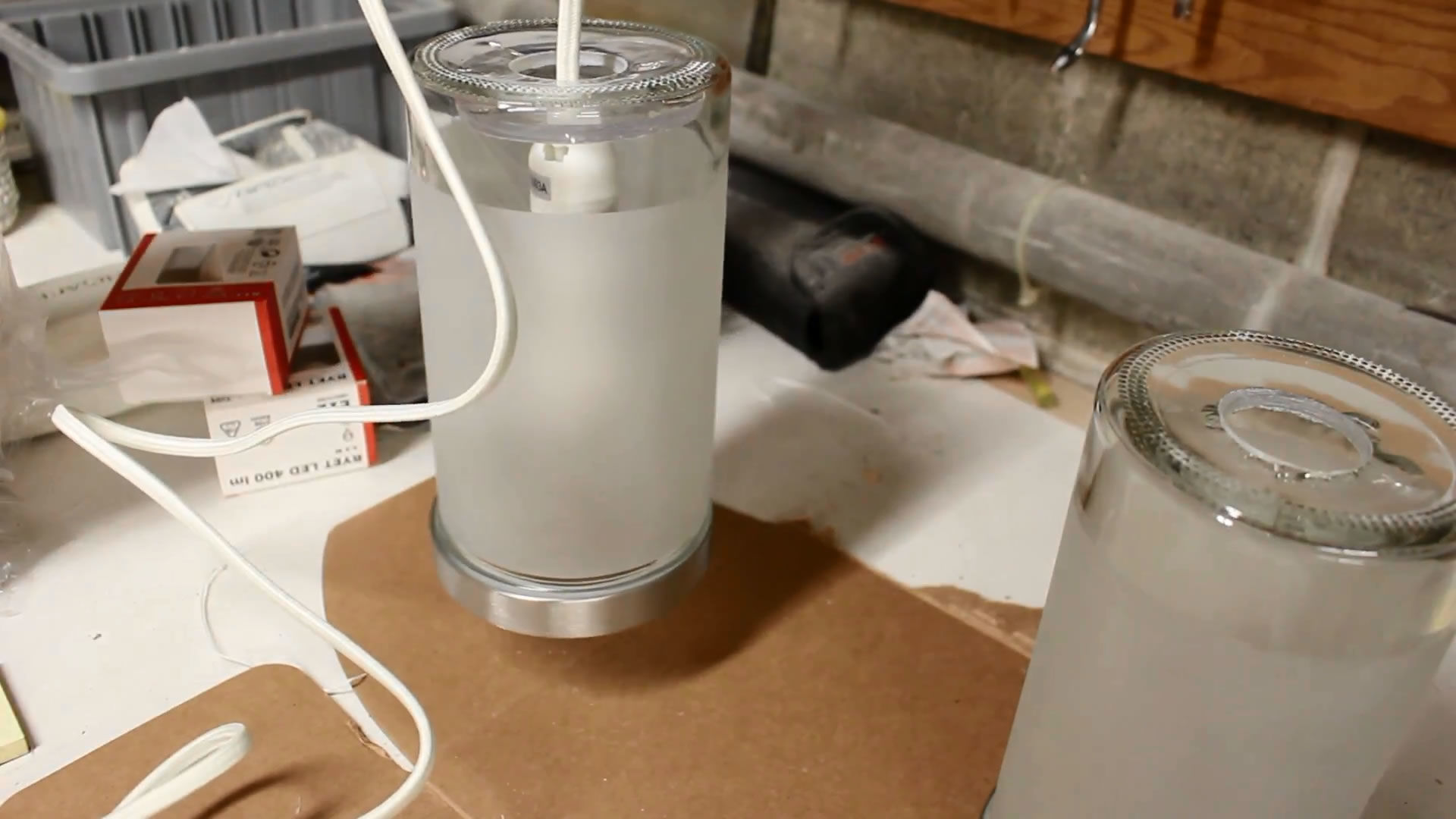
12 Jun Wiring Lights and Fixtures
An intimidating job for those who have yet to tackle it, but it is really a straightforward task if the proper tools, techniques, and safety rules are in place.
Table of Contents
Safety First
The number one rule for working on electrical switches, lights, or other fixtures, is to turn off the electrical power to the devise. And not only turning it off but verifying that the power is in fact isolated by trying it out after the power is off. The safest method for isolating electrical power to any type of circuit is to turn the power off at the lighting panel or fuse box. Simply turning off the switch at the wall, unless you are home alone, is no guarantee the circuit will remain off.
Removing a Light Fixture
Replacing a light fixture is one of the simplest jobs to tackle for a first-timer. Following the number one rule of safety, start by turning the power off. Next, remove the light globe to access the screws that hold the fixture to the ceiling or wall. After removing the screws, pull the fixture away from the ceiling to access the black, white, and ground wire that connects to the fixture.
The ground wire simply attaches via a Philips head screw. Loosening the screw, remove the ground wire. The black positive wire, and the white common wire, attaches via wire-nuts between the circuit wires and the fixture wires. Simply unscrew the wire-nuts and pull the black and white wires loose from one another. And that’s it, the old fixture is off and you’re ready to install the new one.
Installing a New Light Fixture
New light fixtures come pre-packaged with the end of each electrical wire partially stripped. Simply grasp the piece of wire insulation at the tip and pull it off the wire. The fixture is now prepared for wiring into the lighting circuit.
Hold the new light fixture next to the existing circuit wires from the wall or ceiling for installation. With a wire-nut in hand, lay the white common wire from the new fixture next to the white common wire from the light circuit. Twist the bare ends of the wire together and screw the wire-nut onto the wire connection. Twist the nut until it is tight, but not so tight that the ends of the wire tear apart.
Repeat the process for the black wires. Ensure there is no bare wire protruding from the wire-nut after installation. If in doubt, wrap a round or two of black electrical tape around the wire nuts and wires to better secure the nuts into place.
Connect the lighting fixture ground wire to the grounding screw inside the circuit box. Tighten the ground screw with a screwdriver both the circuit wire ground and the ground from the lighting fixture, should be attached to the ground screw.
With the fixture all wired up, position it over the circuit box and install the two screws through the fixture and into the box. Use care not to pinch the electrical wiring between the fixture and ceiling during installation. Tighten the screws until the fixture is flush with the ceiling or wall surface.
Now, turn power on to the fixture and try the new lights out! Read also about how to wire the bathroom.


